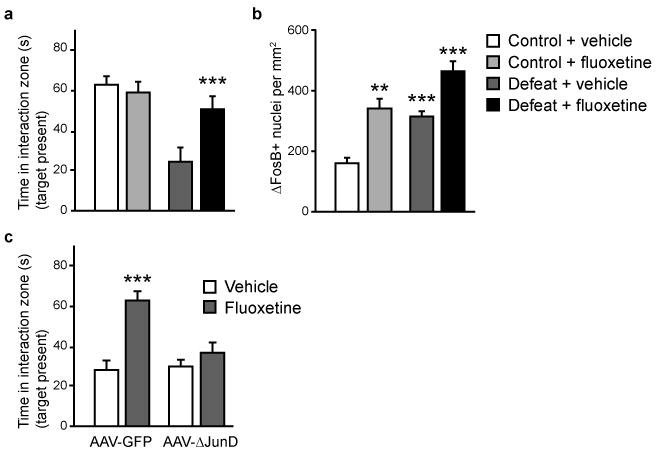Figure 3. ΔFosB induction in NAc mediates the antidepressant effect of fluoxetine.

(a) Chronic treatment with fluoxetine completely reverses the social avoidance, measured on day 11, induced by chronic (10 days, n=7) social defeat. [Interaction, F(1,24)=5.325, P<0.05, Post-hoc test: ***P<0.001 versus “defeat with vehicle”.] (b)ΔFosB levels in NAc shell measured by immunohistochemistry are increased after chronic fluoxetine treatment of control mice. Such levels are also increased in susceptible mice after chronic social defeat, with fluoxetine inducing a still further increase (n=4). [No interaction effect, F(1,12)=0.2122, significant effect of social defeat and antidepressant treatment; A posteriori t-test t=8.417, df=6 (“defeat fluoxetine”), t=4.516, df=6 (“control fluoxetine”), t=6.063, df=6 (“defeat vehicle”), ***P<0.001, **P<0.001 versus “control vehicle”.] Similar results were obtained in NAc core (See Supplementary Fig. 4). (c) Overexpression of ΔJunD in NAc blocks the antidepressant-like effect of chronic fluoxetine treatment (n=8). [Interaction, F(1,28)=6.121, P<0.05, Post-hoc test: ***P<0.001 versus “GFP vehicle”.]
